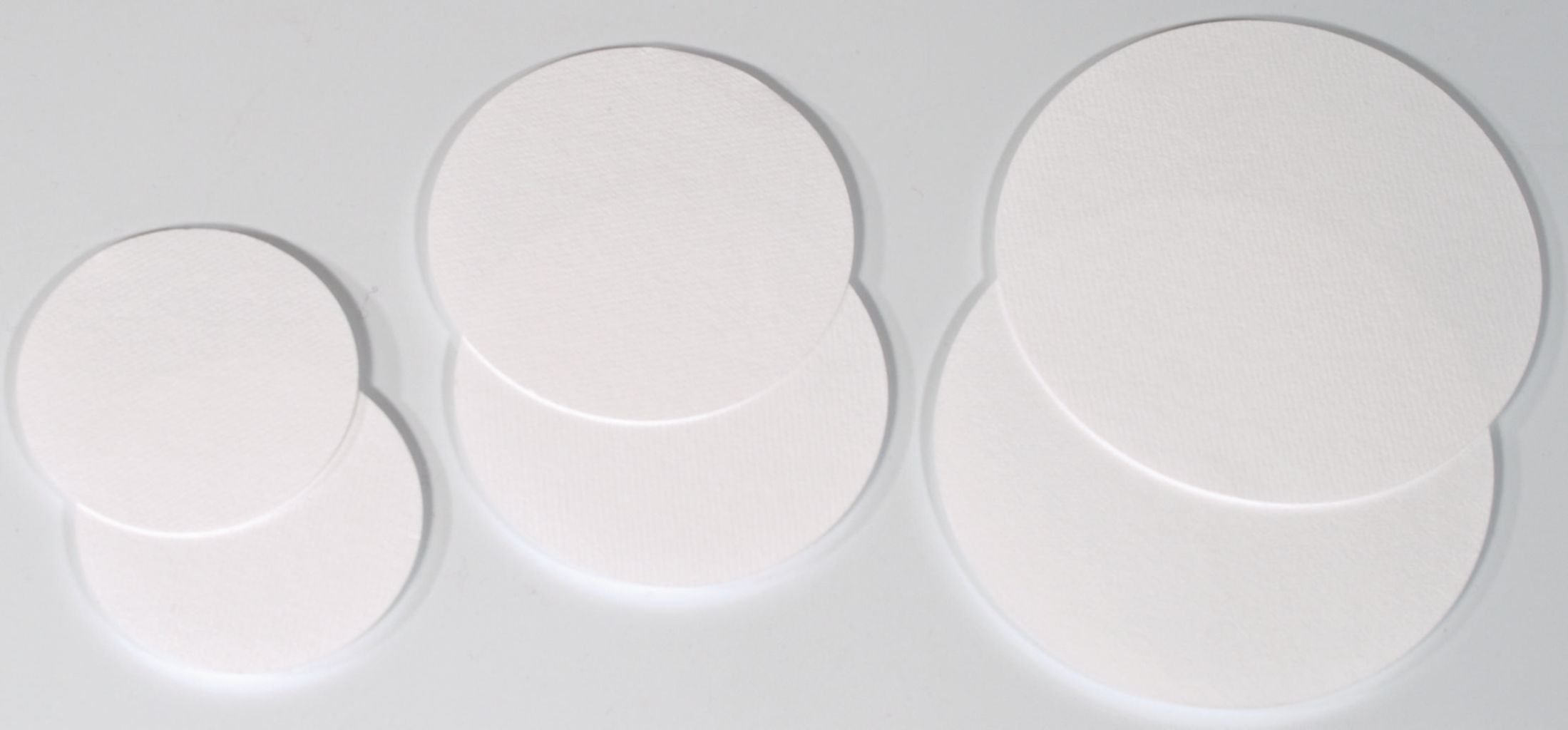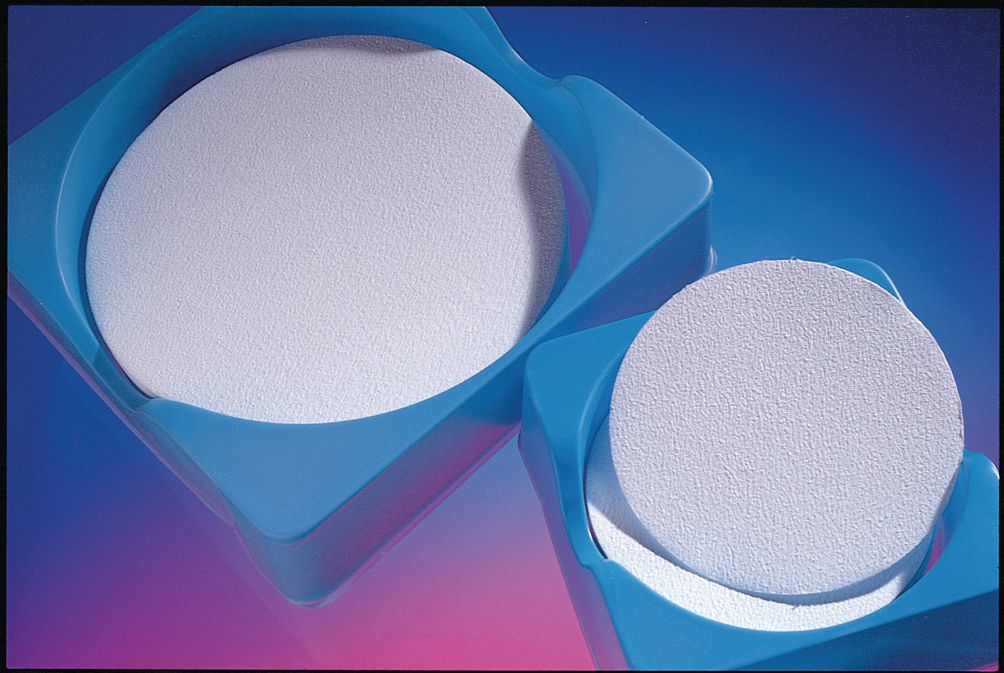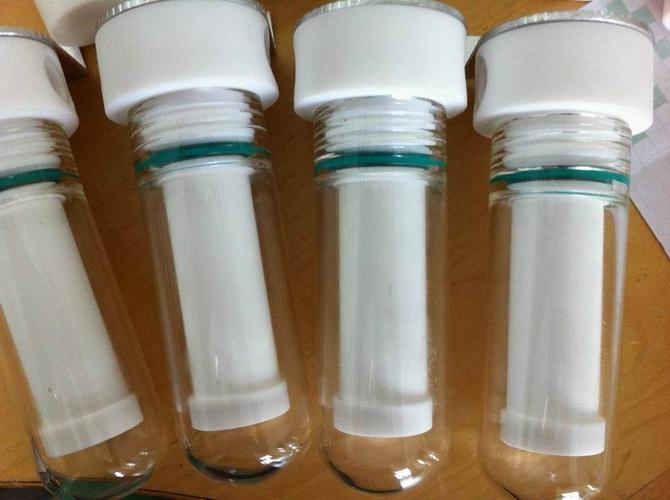summaries
This paper discusses two types of separation devices: microfilters and microseparators.
Membrane filters made with conventional microtechnology are limited by the resolution of the lithography process or the wavelength of the exposed light. Sub-micron filter holes can be realized using the interference pattern of the laser.
Although pore sizes in the molecular range can be achieved, the resulting pores are still in the order of hundreds of nanometers. One of the most important applications of polymer membrane filters is microfuel cells.
Gap filters are an alternative to membrane filters to achieve smaller filter holes. Sub-micron gaps can be controlled by an etching or deposition process.
While microfilters utilize different sizes for separation, other concepts can be implemented based on different properties such as diffusion coefficient, dielectric constant, fluorescence, mass and charge.
Particles and cells can be sorted from the sample stream by dielectrophoretic or optical forces. Labeling of substances to be separated allows active sorting by means of an external actuator. A closed-loop control mechanism can detect substances based on fluorescence signals and switch them to the collection cell.
Microseparators for chemical analysis utilize the different mobility of the substance. The different mobilities are caused by different masses, charges or interactions with stationary phases on the channel walls.
These micro separators offer great market potential for portable and disposable equipment for chemical and biological analysis.
Microfilter
Microfilters have two unique functions: filtration and collection. Microfilters separate particles for applications that require clean fluids for further processing. Microfilters are used to flush waste products from pre-treatment processes.
In microreactors, filters are used to keep microbeads in the reaction chamber. In other applications, filtered particles are also important. Microfilters separate the particles from the average flow and send them to a further processing stage.
Depending on the size range of the filtered particles, filtration can be categorized into conventional filtration, ultrafiltration and reverse osmosis. Conventional filtration filters particles above 10 microns. Ultrafiltration can handle large molecules with molecular sizes ranging from 10 nanometers to 10 microns. The type of filtration that targets molecules or ions smaller than 10 nanometers is called reverse osmosis.
Microfilters can be categorized into membrane filters and gap filters based on the microfilter manufacturing technology and typical pore size.

membrane filter
The basic structure of a membrane filter is a membrane containing filter pores. Generally, these membranes are known as semi-permeable membranes and allow only one component to pass or pass at a faster rate, resulting in selective transport across the membrane.
The pores can be etched into the membrane by a mask defined by photolithography. Due to the limited resolution of the photolithography process, the pores of the membrane filters are relatively large, on the order of micrometers.
Pressure, concentration gradients, or electrical potential can affect the flux across the filter membrane. Membrane transport depends on pore size. In general, the rate of transport is proportional to the pore size, while the selectivity of filtration is inversely proportional to the pore size.
Micromechanical pores are relatively large, larger than the average free portion of the substance. Transport through such large pores is governed by volume flow, and molecules can pass directly through the pores. Due to the small pores, the flow can be assumed to be laminar.
A transport mechanism through a pore is diffusion if the pore is smaller than the mean free path but large enough for diffusion to occur.
Molecules pass through pores in a random manner. This random or Brownian motion is actually a diffusion process.
Restricted diffusion occurs if the membrane pores are large enough to allow only certain substances to diffuse through the membrane. This transport mechanism is also known as molecular screening. With pore sizes between 0.1 and 1 micron, larger particles cannot enter the pores.
This transport mechanism is common in ultrafiltration. If the pore size is comparable to the size of the molecule, as in most polymers, the substance diffuses through the bulk membrane. This transport mechanism is referred to as solution diffusion or diffusion solubilization.
Gap filters
Gap filters utilize the gap between two structural layers as a filter pore. The gap can be created by surface micromachining or bulk micromachining.
For example, in surface micromachining, the gap height or pore size is determined by the thickness of the silicon oxide used as a sacrificial layer, which can be precisely controlled by thermal oxidation.
In body micromachining, the gap is determined by a controlled etching process. The combined use of these two micromachining techniques can increase design flexibility.

Microfilter Design Considerations
Many biomedical applications require extremely high filter selectivity ratios compared to industrial applications. While a ratio of 1:102 is sufficient for industrial applications, biomedical applications may require a ratio of 1:104 or higher.
This high selectivity allows only small variations in pore size. Microfilters can meet these requirements through precise micromachining techniques such as photolithography and controlled growth of sacrificial layers.
Since microfilters impede water flow and cause pressure loss, it is required that the pressure drop across the filter be minimized. The most important parameter of a microfilter is the porosity, which has a significant effect on the pressure loss.
In order to obtain maximum porosity, the holes in the membrane should be as large and numerous as possible. Another solution for low pressure loss is to replace the membrane design with a lateral design.
The lateral design is a gap filter, which represents a short, wide passage with low fluid resistance.
The requirement for large porosity conflicts with the required robustness. Larger pores reduce the mechanical strength of the filter. Therefore, the effect of pore geometry on pressure loss should be considered.
The robustness of the filters is realized by the gap design, which is made of silicon blocks and can withstand high inlet pressures. Gap filters thus fulfill the requirements of low pressure loss and high mechanical strength at the same time.
Gap filters have the advantage of small and precise pore sizes. Depending on the manufacturing method, gap filters can be categorized into subtractive gap filters and additive gap filters.
Micro Separator
Separators are categorized as active and passive. Active separators utilize an external energy source to separate the desired cells and particles. Separation of desired cells/particles can be done by labeled or unlabeled methods.
| microseparator | |
| proactive | passive |
| electrodynamic | proliferate |
| ultrasounds | hydrodynamics |
| magnetically | filtration |
| optical operation | Deterministic lateral displacement |
| mechanical system | cell adhesion |
| hydrodynamics | |
In labeling-based methods, the cells to be isolated are first labeled with a marker such as fluorophores or microbeads. The markers are attached to cell surface proteins. In this case, fluorescent marker-based sorting and microbead-based sorting methods have been realized.

Label-free separation is another method of separation that relies on differences in the physical properties of the cells, such as size, elasticity, magnetic induction strength, shape, and polarizability.
The identification of cell types using fluorescent probes is the basis for fluorescent labeling-based isolation operations. The identification is performed by a laser detection system.
First, the cells are labeled with a fluorescent marker. A laser beam excites the fluorescent marker, causing it to emit a longer wavelength of light. The signal is detected by an epifluorescent filter in the microscope, which identifies the cell type.
The desired cell type is then separated from the solution carrying the cells by active methods such as electrophoresis, dielectrophoresis, electrodialysis, acoustic swimming, optical manipulation, rotary valves, and gating.
In microbead-based cell separation, microbeads of specific size, material and surface binding affinity are bound to the desired cells. The bound complexes (cell beads) are then separated with the aid of an external field.
Bound cells are subjected to different forces than unbound cells. Separation of bound cells can be accomplished by magnetophoresis, sonophoresis, and electrophoresis.
The figure below illustrates the separation of circulating tumor cells (CTCs) from leukocytes using an external magnetic field.The CTCs are initially bound to magnetic microbeads. After inertial focusing in a curved channel, once exposed to the magnetic field, the bound CTCs deviate from the main flow and are directed towards the collection outlet by magnetophoresis.

Label-free separation methods do not require any labels to identify cell types. Therefore, this method requires a simpler sample preparation process and is very attractive for microfluidic separation purposes.
This separation method relies on differences in the intrinsic properties of the target cells, such as size or deformability when exposed to external energy sources (e.g., acoustic, electric, magnetic, and optical manipulation). Importantly, passive methods that do not require an external energy source can also achieve label-free separations.
About Us
DingXu (Suzhou) Microfluidics Technology Co., Ltd. is a high-tech enterprise dedicated to the field of microfluidics. We are committed to providing customers with comprehensive microfluidic solutions, including customized microfluidic chip development, surface modification, microfluidic chip processing equipment, and microfluidic instruments. Our team boasts extensive experience and technical expertise, continuously combining professional knowledge with innovative thinking to deliver high-quality solutions. We consistently prioritize customer-centric values, embrace self-challenges, and pursue excellence. Through professionalism, innovation, and collaboration, we aim to create greater value for our customers and contribute to a brighter future in the field of microfluidics.
Site Search
Recommendations
© 2025. All Rights Reserved. 苏ICP备2022036544号-1















